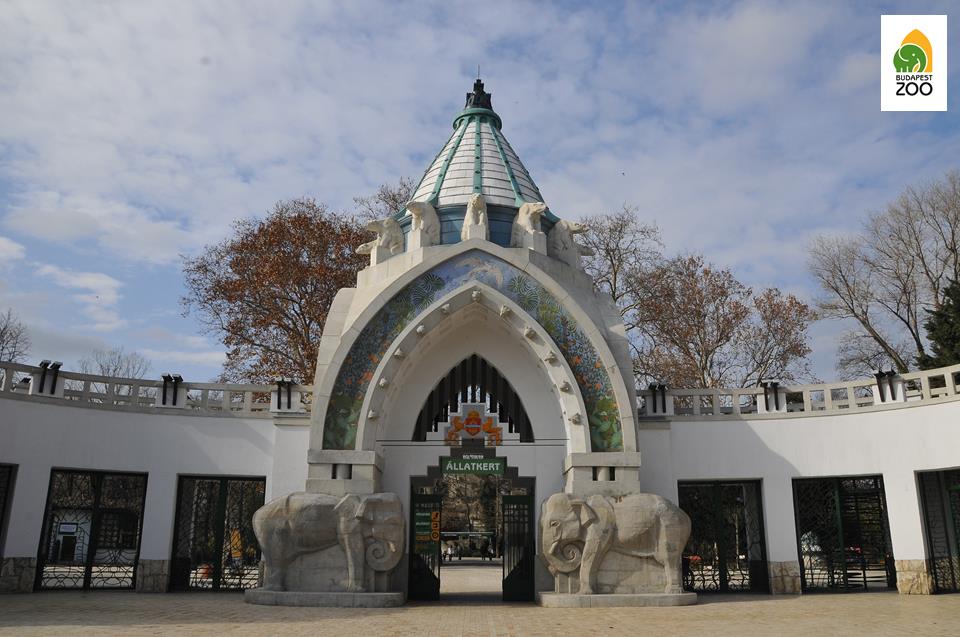6 interesting facts about Budapest Zoo and Botanical Garden − PHOTOS
From carnivorous plants, flightless birds, and venomous lizards to peculiar marsupials, Budapest Zoo offers an insight into the diversity of the natural world and captivates both children and adults. The world’s oldest zoo is located in the heart of Budapest, and it is home to approximately 900 species. Due to the coronavirus pandemic, it was closed from March 15 to May 20. After the gradual reopening, most services returned to the usual conditions at the end of June, but the Once-Upon-a-Time Castle is temporarily closed until further notice.
The Budapest Zoo and Botanical Garden celebrated its 150th anniversary in 2016. You can read about the zoo’s history by clicking HERE. In this article, we wanted to share 6 interesting facts about the Budapest Zoo to complement our previous collection of fun facts.
1. 2,201 animals saved in 2019
During the past years, a growing number of non-governmental organisations has engaged in the rescue and care of injured animals, and Budapest Zoo also has a decades-long tradition in this area. In 1986, the institution only took care of seven rescued animals, but this number grew to 115 in 1996 and exceeded 2000 in 2016. The zoo treats both common species, such as blackbirds, squirrels, and hedgehogs, and rare protected ones, such as poisoned eagles.
Last year, a total of 2,201 animals in need of human assistance were given a second chance as part of the zoo’s rescue efforts.
2. First giant river otter baby in Hungary
On March 11, the zoo’s giant river otter couple wrote history: Cumana, the mother, gave birth to five babies. The successful reproduction of giant river otters is important since it is classified as “Endangered” in the IUCN Red List (2008). Currently, the main threats to giant river otter populations are habitat degradation, river contamination due to mining and agriculture, overharvesting of fish, and hunting for its skin.
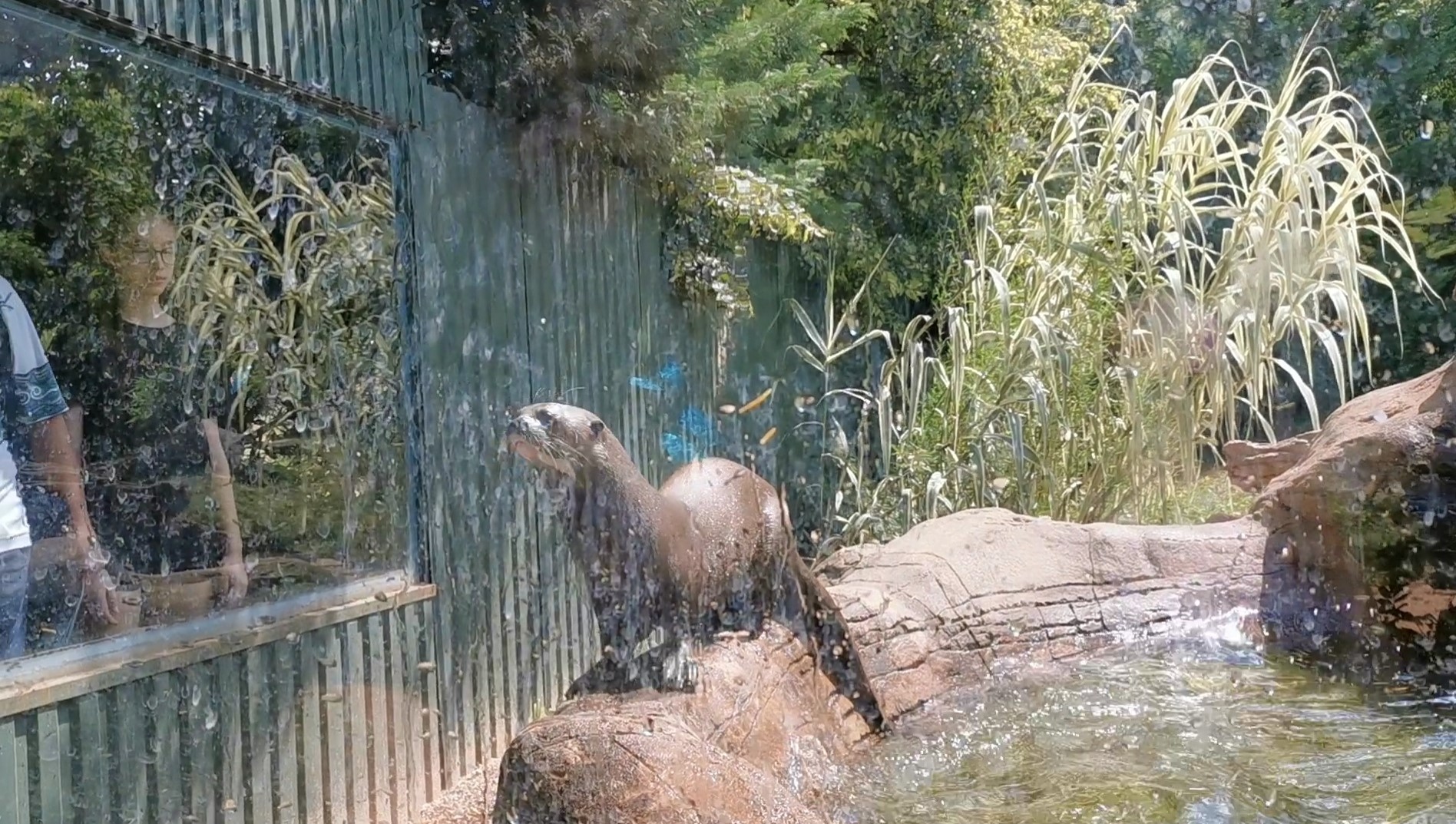
Photo: Nóra Csécsei
Budapest Zoo has even shared a video about the first giant river otter babies born in Hungary:
3. The Magic Mountain
Located within the Great Rock, the Magical Hill is the newest attraction in Budapest Zoo. It presents the diversity of the flora and fauna, how this diversity evolved, and how the relationship between humankind and nature developed through history on 3,200 square metres, 4 floors, and 16 showrooms. In the primaeval ocean on the lowest level of the Magical Hill, visitors can admire animal groups that evolved more than one hundred million years ago and have not changed ever since, such as rays or horseshoe crabs. The Time tunnel provides an overview of the evolution of flora and fauna from the population of primaeval oceans to the prehistoric man. In the Dark Labyrinth, people can observe nocturnal animals, like bats and jerboas.
4. Take a walk among hundreds of tropical butterflies
On July 11, the Butterfly Garden was reopened to the general public. This seasonal showcase of the Budapest Zoo is usually open from the end of May or early June to the end of September.
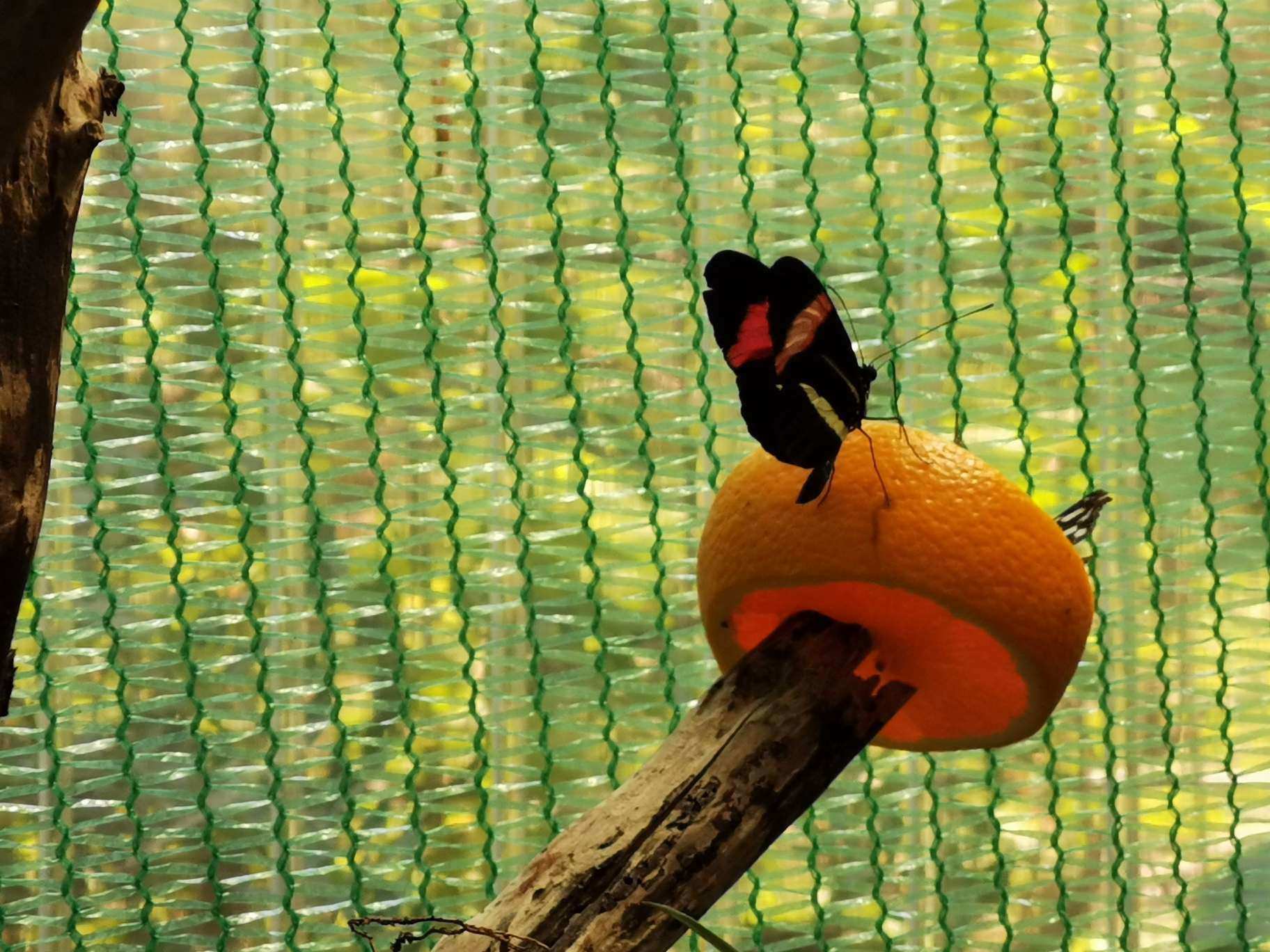
Walking through the 240-square-metre Butterfly Garden, visitors can admire more than four hundred specimens of 19 colourful tropical butterfly species, including the Julia butterfly (Dryas Iulia) and the Peleides blue morpho (Morpho Peleides), and observe them in flight and during feeding.

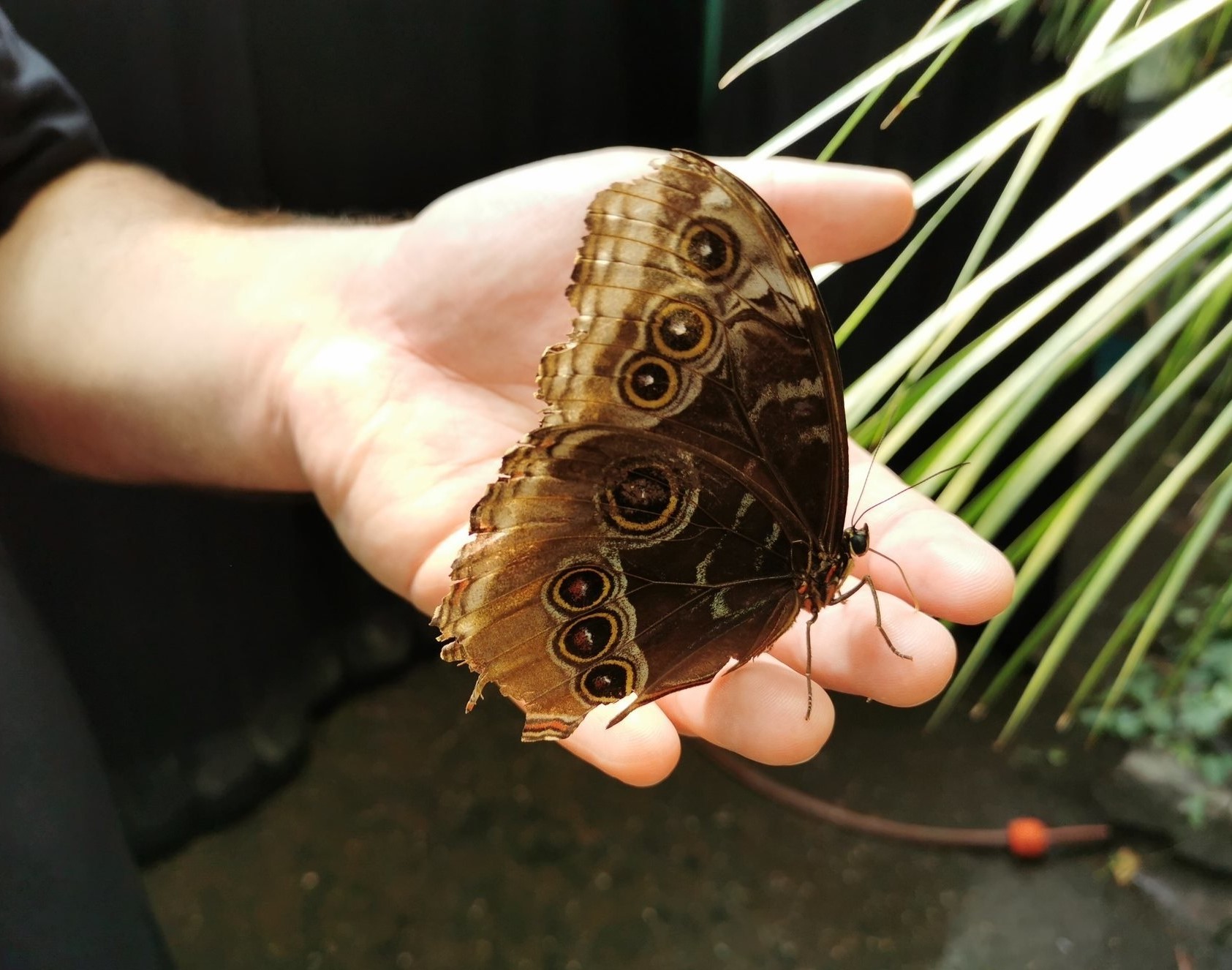
5. The first Shark School in Hungary
In 2018, the attractions of the Once-upon-a-Time Castle were completed with Hungary’s first Shark School. In 2019, the exhibit displayed four different shark species: the blacktip reef shark, the nurse shark, the tawny nurse shark, and the zebra shark, several kinds of rays, and several species of bony fish. The Shark School provides a unique opportunity to get close to these fascinating animals and see how the keepers deal with them.
6. Preserving biodiversity
Every year, Budapest Zoo offers a variety of educational and exciting programs on the World Wildlife Day on March 3. The institution plays an important role in preserving biodiversity by raising awareness of the dangers threatening biodiversity and actively contributing to the protection of endangered species. A significant area of nature conservation activity in Budapest Zoo is the ex-situ conservation of endangered species, which is the process of protecting these animals outside their natural habitats.

Photo: Nóra Csécsei
Budapest Zoo is involved in the rescue of a total of 69 special species within the framework of the European Endangered Species Programme.
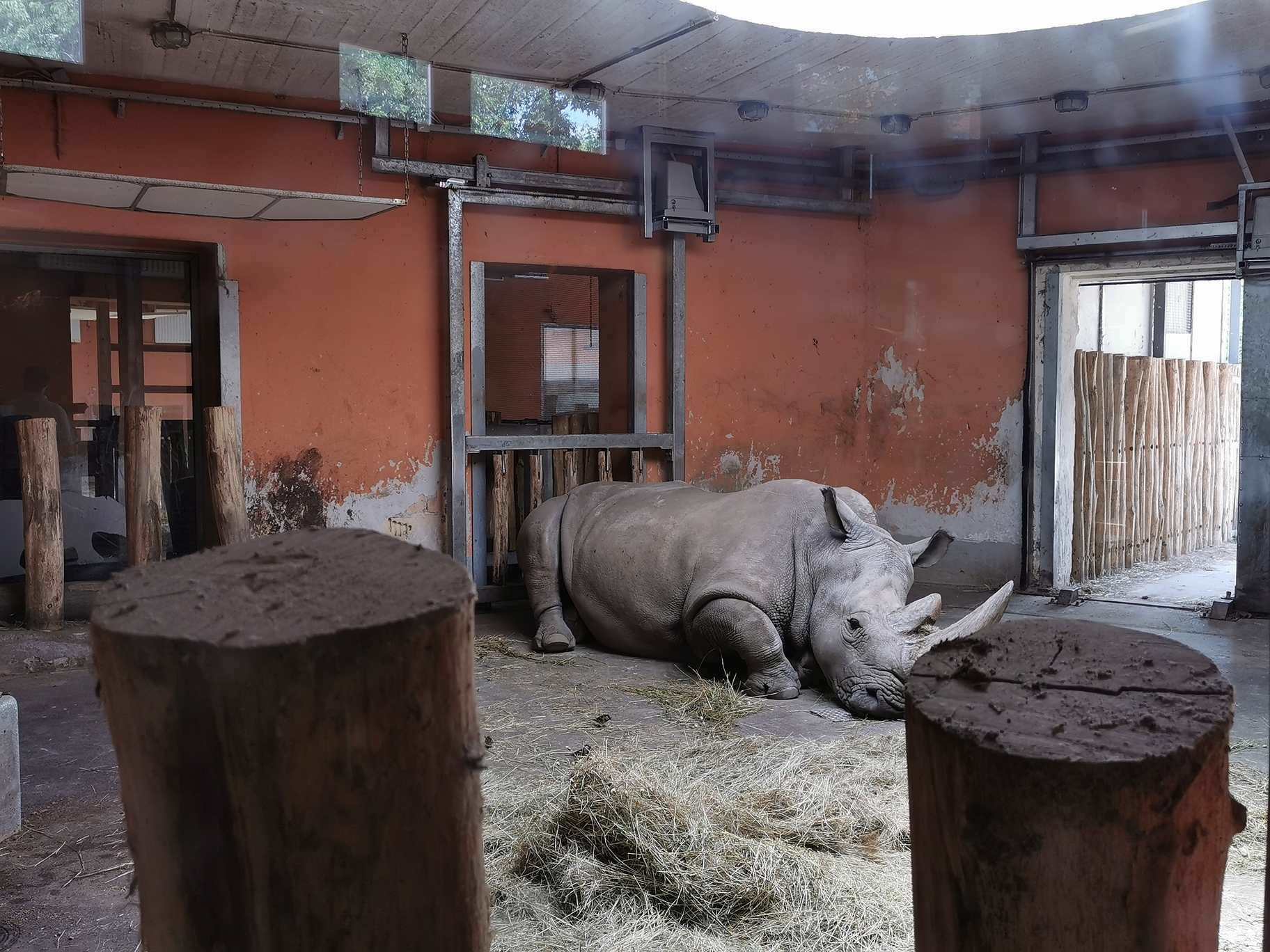
Photo: Nóra Csécsei
In the case of in-situ conservation, meaning the conservation of ecosystems and natural habitats and the maintenance and recovery of viable populations of species in their natural surroundings, the institution takes part in the protection of the Hungarian meadow viper (Vipera Ursinii Rakosiensis), which is Europe’s most endangered venomous snake.
Featured image: facebook.com/allatkert
Source: Daily News Hungary
please make a donation here
Hot news
Top Hungary news: Primark, handall bronze, scuffle at Budapest Airport, porn in Hungary – 15 December, 2024
Budapest Airport at Europe’s top in traffic growth, will enter a new golden age, says CEO
Odd sculpture of Hungarian freedom fighter Lajos Kossuth with hussar neck tattoo in Cuba raises questions – PHOTOS
Miracle in Vienna: Hungary’s women’s handball team won bronze! – PHOTOS, VIDEO
Special LEGO Mercedes cars placed at Budapest’s Fashion Street – PHOTOS, VIDEO
UNCHAIN Fintech Festival returns in 2025 in Nagyvárad-Oradea



